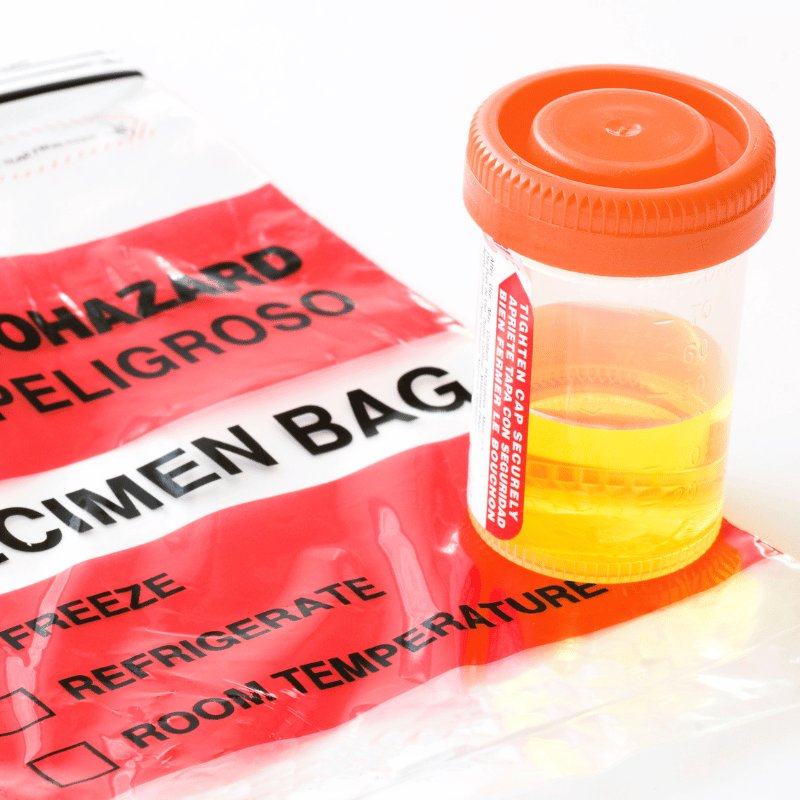What Is DOT Hair Testing and Why Is It a Big Deal?
DOT hair testing might soon become the new normal for CDL drivers. A new bill called H.R. 4320 is gaining traction — and it could flip the entire DOT drug testing process on its head. If you’re not paying attention, you could be caught off guard. Here’s what this shift means for you, your license, and your livelihood.
If you’ve ever assumed that passing a urine test means you’re in the clear — this post is your wake-up call.
🚨 What Is H.R. 4320?
Right now, urinalysis is the standard testing method for DOT-mandated drug screenings. But many larger carriers already use hair testing during pre-employment — they just don’t report the results to the FMCSA.
H.R. 4320 would change that. It proposes that all positive hair test results be submitted to the FMCSA Clearinghouse, making them visible to future employers, DOT auditors, and enforcement agencies.
In plain English? A failed hair test — even if you passed your urine test — could become part of your permanent record. You might never even touch the truck before getting flagged.
🧠 Why Hair Testing Changes Everything
Hair follicle tests can detect drug use going back up to 90 days. That’s a huge difference from urine tests, which typically only look back a few days.
This means:
- Even if you haven’t used in weeks, you could still test positive
- Detox drinks won’t help
- Secondhand exposure can muddy results
- A clean lifestyle now doesn’t erase your past 3 months

📹 Real Talk: We Sat Down With a Qualified DOT Collector
To help drivers get ahead of this, I went live with my sister — a qualified DOT drug collection specialist. We broke down what’s actually happening behind the scenes when you get tested, and how this bill could change the game.
In Part 1 of our CDL Drug Testing Breakdown, we covered:
- What type of testing is currently used by DOT
- Whether collectors always test at a facility or can come onsite
- What drivers should expect during the collection process
- What happens if your CDL is downgraded or placed out of service
- Can the SAP (Substance Abuse Professional) assessment be done virtually?
- The real costs — time, money, and stress — that come with a failed test
- How long hair testing could take to roll out across the board
🎥 Watch the Full Interview (Right Here)
⚠️ Why This Matters (Even If You’re Clean)
Let me be clear — this bill isn’t about catching people who are high behind the wheel. It’s about holding drivers accountable for their past 90 days.
That means you could be denied a job, removed from your current company’s roster, or placed out of service before your wheels ever hit the road.
If H.R. 4320 passes — you won’t get a warning. You’ll just log in and find your name flagged in the Clearinghouse.
📩 Get the Return-to-Duty Survival Guide
We also created a free guide that walks you through the Return-to-Duty (RTD) process if you ever do get flagged. It includes what documents you’ll need, what steps to take, and how long it really takes to get reinstated.
Download the free RTD guide + explore other trucking tools here:
👉 https://linktr.ee/freightprohub
🔔 Subscribe for Part 2 (It’s Coming Soon)
In Part 2 of our video series, we’ll cover:
- The full Return-to-Duty process from start to finish
- What to do immediately after a positive test
- How to avoid getting stuck in the system longer than necessary
Subscribe to our YouTube channel now so you don’t miss it. Trust me — you want to know this before you need it.
Brought to you by Freight Pro Hub
Helping truckers perform, protect, and profit — one guide at a time.


